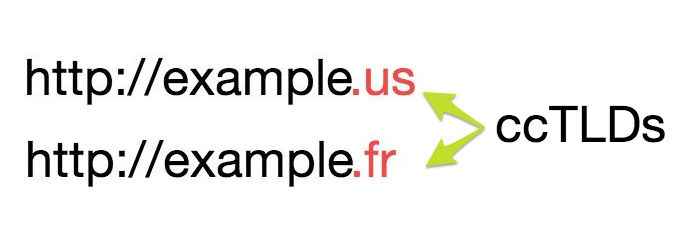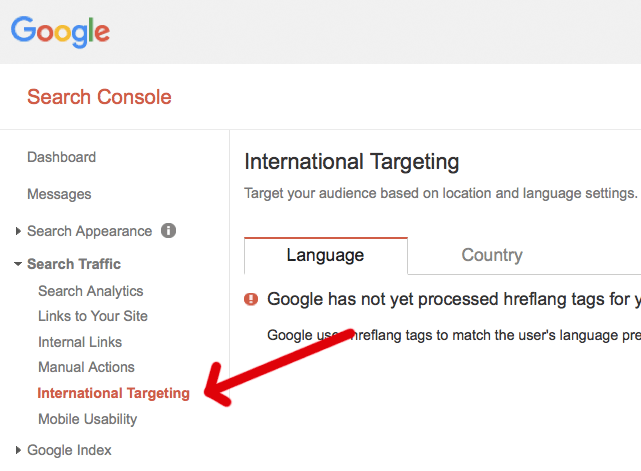 Target International Target International |
 Target United States Target United States |
 Global Web Training Global Web Training |
Our professional multilingual and multicultural marketers have been assisting our clients in finding the right market strategies to reach their international goals for over 8 years. We take into consideration linguistic nuances
Our professional multilingual and multicultural marketers have been assisting our clients in finding the right market strategies to reach their international goals for over 8 years. We take into consideration linguistic nuances and cultural differentiation that make each region unique.
We are an American Company. We help companies target outside the United States, and we also offer state of the art services for companies in Europe, Asia and Latin America who wish to target American Markets at the “local level.”
We conduct country’s competitor market research with a native approach in that we have specialist in America, Europe and Asian markets that aid us with this daunting task. It is worth the effort since the results are fantastic in that the market share for site targeting region is smaller. This means having a deeper insight and understanding of the competitive market in the region for your particular service or product that many of your competitors don’t yet have.
We conduct country’s competitor market research with a native approach in that we have specialist in America, Europe and Asian markets that aid us with this daunting task. It is worth the effort since the results are fantastic in that the market share for site targeting region is smaller. This means having a deeper insight and understanding of the competitive market in the region for your particular service or product that many of your competitors don’t yet have.
International Digital Marketing (IDM)–also called International SEO.
International digital marketing is simply the application of an umbrella term for integrated marketing methodologies, applications and technical SEO processes and tools using digital web technologies to prepare a website for crossover, so it can be found in more than one or more target countries and/or languages by the search engines.
Integrated International Digital Marketing also includes mobiles phones, social media networks, link building (inbound marketing), paid advertising PPC, display advertising, wearable tech, and any other digital outlets.
International Digital Marketing Culturalization Cross-cultural business requires culturalization and every country requires its own research and content that speaks to that target audience. A piece of content that looks great to an American audience, does not necessarily resonate with another culture. It’s not about just translating a site to another language, but culturalization allows your content to reflect their country norms in regards to gender roles, clothing, music, colors, modernism, slang, jokes, emotions, religion, family, friends values and beliefs, etc.
Example: Case Study: Dunkin’ Donuts Global Marketing Initiative – Thailand
Furthermore, culturalization allows your business to target your digital data with the correct device. For example, a high percentage of internet users in Asia are already using wearable tech such as Fitbit, Google Glass and smartwatches. Emerging markets in Indonesia and Nigeria are interested in new technology due to huge levels of necessity driven demand.

Source: Connect life
 Fundamental Questions to Ask When Expanding and Reaching Global Search Audiences
Fundamental Questions to Ask When Expanding and Reaching Global Search Audiences
Do I need a new website with a different language and a different domain (ccTDL) URL from that country? – and Where do I Start?
So lets break it down, assuming that you took a look at your analytics tool and other collected data from your site and/or business and realized there is an international audience interested in your product and/or your services. Also, that you conducted an International market opportunity analysis.

Language
If you are targeting a country with a language that speaks Spanish for example, you need to decide if you want to target it based on language (which will cover Spain, Latin America and Latin Americans living in USA), or you specifically want to target Spain, for example.
Recommended: Use native speakers from that country, in this case, Spain and make sure your site is only translated into Spanish but also, translated into their language nuances. For example, do you know the word “shower” is used differently in Latin America than in Spain?
Lets use the phrase “taking a shower” in Spanish for two Spanish-speaking countries:
SPAIN: Voy a tomar una ducha (slang: “me voy a dar una refrescada.”)
MEXICO: Voy a Bañarme (slang: “me voy a remojar el cuerpesito.”)
Let the search engines know of your translated site
Now that you know which country and language you want to target, show search engines which languages your translated site is using, with hreflang or language meta tags. These are bits of code that indicate which language(s) your content is available in.
FOR USA:
<link rel="alternate" href="http://example.com" hreflang="en-us" />FOR SPAIN <link rel=”alternate” href=”http://example.com” hreflang=”es-es” />
Do not use cookies or scripts to show your language versions in the same regional URL. Search engines can’t crawl that info, and human users may not be able to see it either. Try using correct values and syntax best practices recommended by Google.
After including the hreflang on your site, let google know about it by going to Google Search Console
Domain Name
Country-code top-level domain names (ccTLDs) can be explained with red in the graphic below. The ccTLDs explain the denomination– extension– given to a domain name to differentiate the country of origin from were a domain website is from. In the United States states we normally use .com or .us, but in other countries like Spain it is .es or in Mexico it is normally .com.mx and so on.

Do I need to buy a new Domain name with that country extension? ex. mysite.es (for Spain)
This topic is a bit controversial since Google indicates that they only look at the content, not the URL, to determine the site’s region and language. In other words, the question is: Do we need to use a country-code top level domain, or instead should we just create a sub-domain within our domain?
A while back the answer was, “it doesn’t matter,” but if you want to take advantage of the new services search engines like Google offers such as Google Highlighter, and the like, some of these services at the moment do not work for site’s with multilingual sub domains or directories, within one domain, so hence having a ccTLD makes sense as of 2016.
Google generally uses the following elements to determine a website’s targeted country:
- Country-code top-level domain names (ccTLDs). These are tied to a specific country (for example .de for Germany, .cn for China), and therefore are a strong signal to both users and search engines that your site is explicitly intended for a certain country. (Some countries have restrictions on who can use ccTLDs, so be sure to do your research first.) We also treat some vanity ccTLDs (such as .tv, .me, etc.) as gTLDs, as we’ve found that users and webmasters frequently see these as being more generic than country-targeted (we don’t have a complete list of such vanity ccTLDs that we treat as gTLDs, because such a list would change over time). See a full list of domains Google treats as generic.
Our team of international experts will assist your business in guiding you through the process of establishing an international presence in the target market of the country(s) and language(s) that would generate profit growth for your business.
For a free site audit and quote contact us info
bluemediaconsulting.com
CHECK OUR INTERNATIONAL SEO TOOLS SECTION
 READ OUR BLOG
READ OUR BLOG
=============== Popular posts like this ===============
The Hispanic Buying Power in The United States
The 15 Most Popular Myths About International SEO, Debunked
The Guide to International Website Expansion: Hreflang, ccTLDs, & More!
Multi-regional and multilingual sites
Use hreflang for language and regional URLs
Use a sitemap to indicate alternate language pages
Locale-aware crawling by Googlebot
International SEO Research Tools:
Conect Life
TNS Digital
ComeScore Data Mine
Pew Research Global Attitudes & Trends
Targeting USA Research Tools
Nielsen Segmentation Solutions


